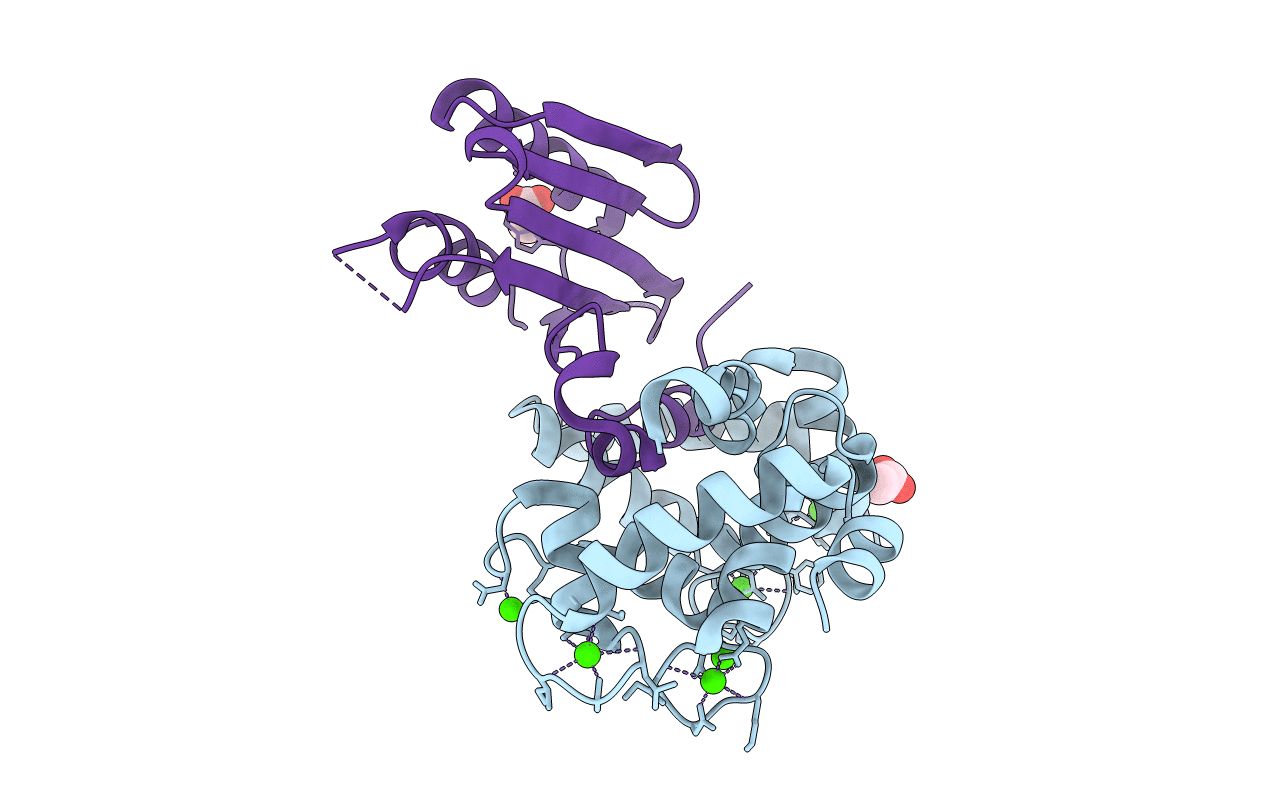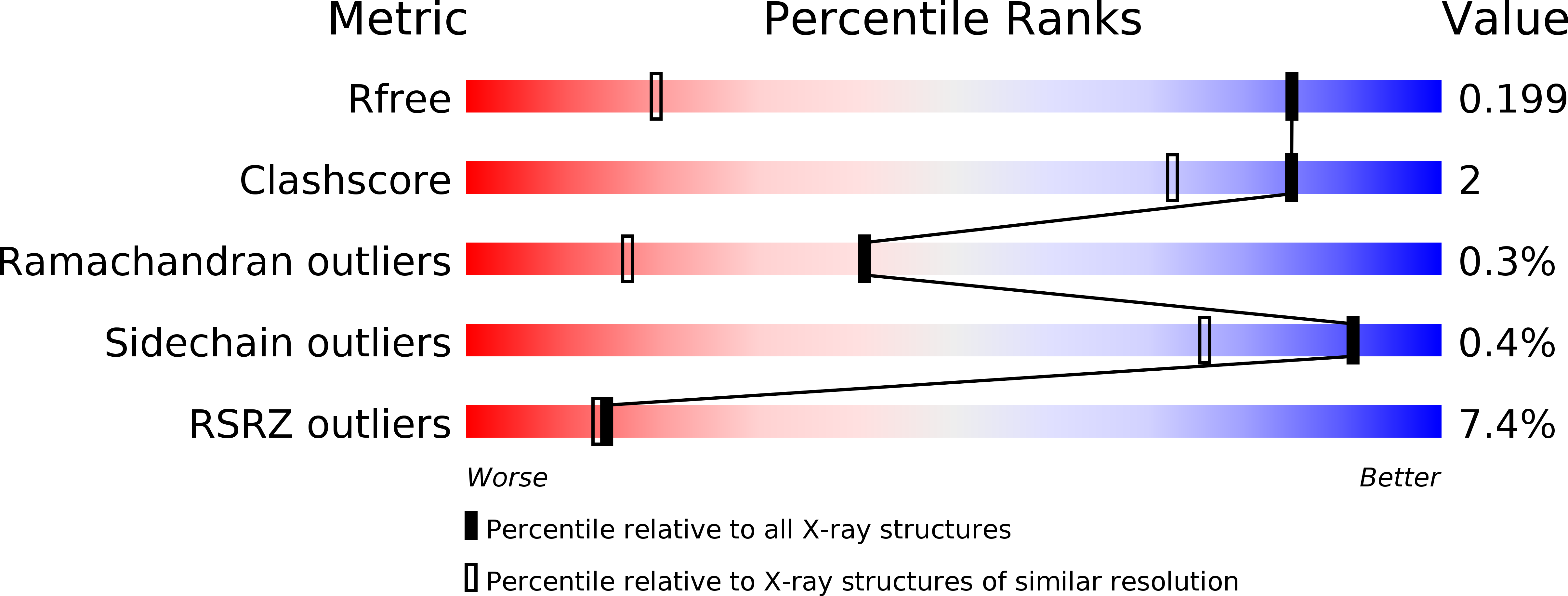
Deposition Date
2007-12-29
Release Date
2008-02-19
Last Version Date
2024-03-13
Entry Detail
PDB ID:
2ZFD
Keywords:
Title:
The crystal structure of plant specific calcium binding protein AtCBL2 in complex with the regulatory domain of AtCIPK14
Biological Source:
Source Organism:
Arabidopsis thaliana (Taxon ID: 3702)
Host Organism:
Method Details:
Experimental Method:
Resolution:
1.20 Å
R-Value Free:
0.19
R-Value Work:
0.17
R-Value Observed:
0.18
Space Group:
P 1 21 1


